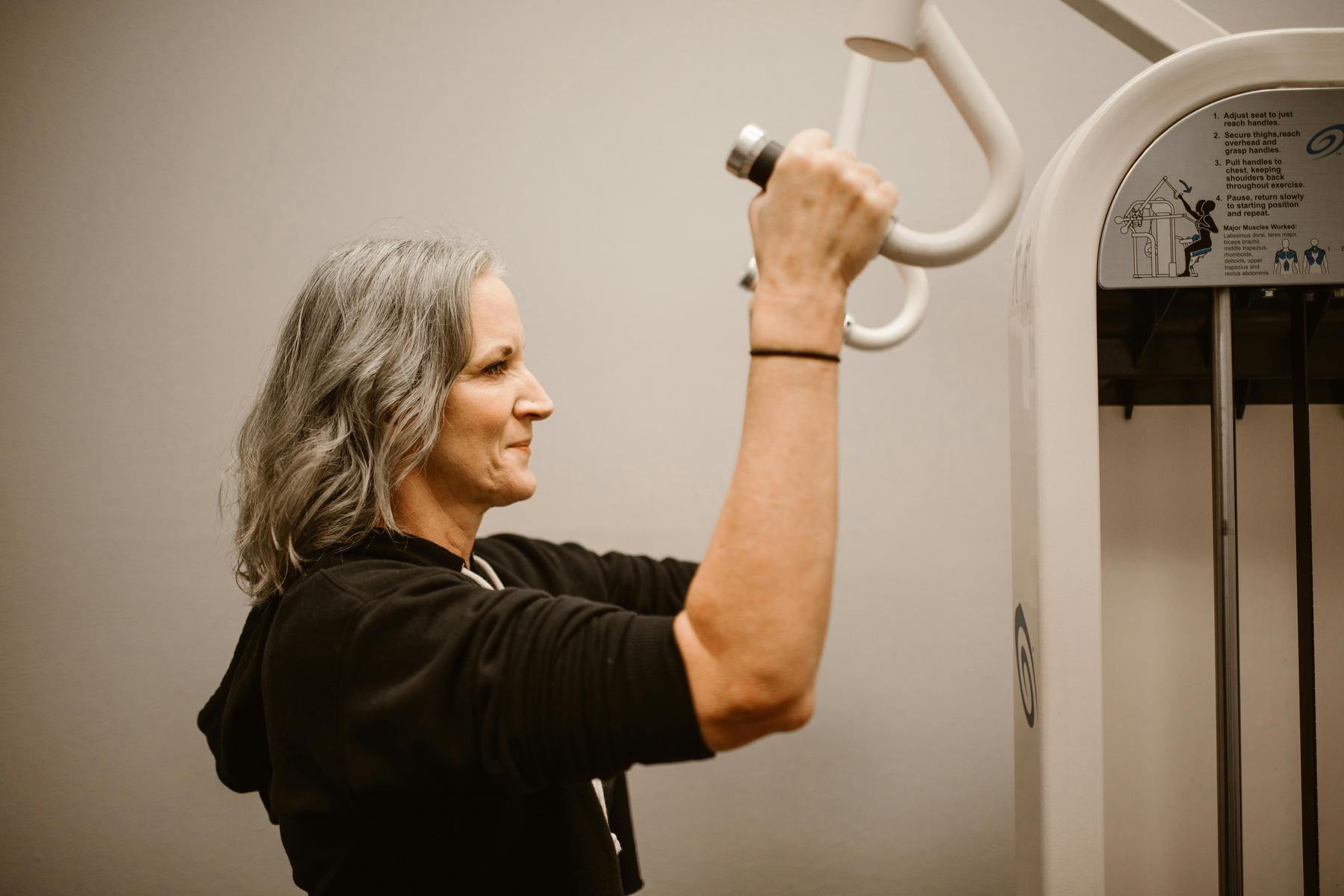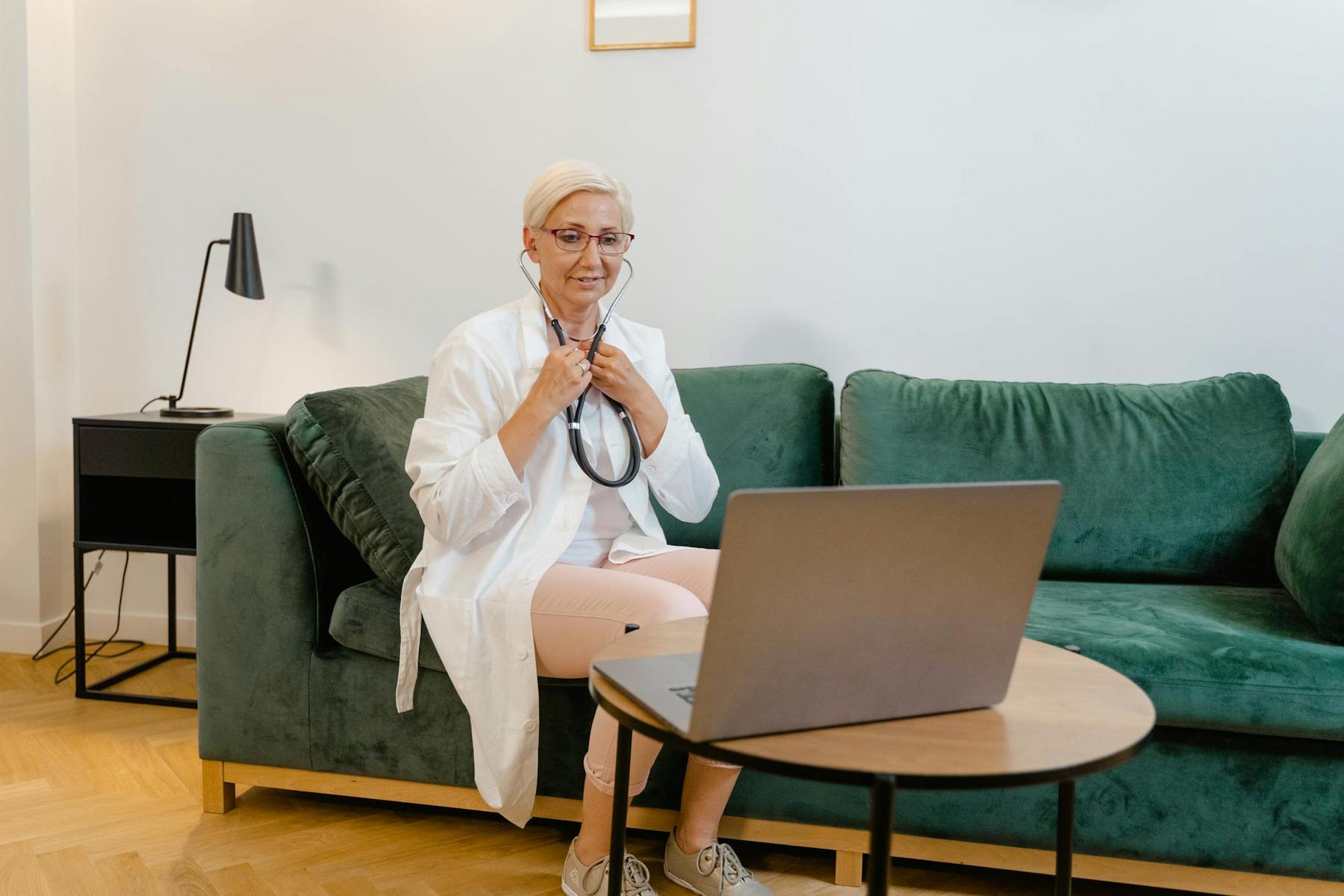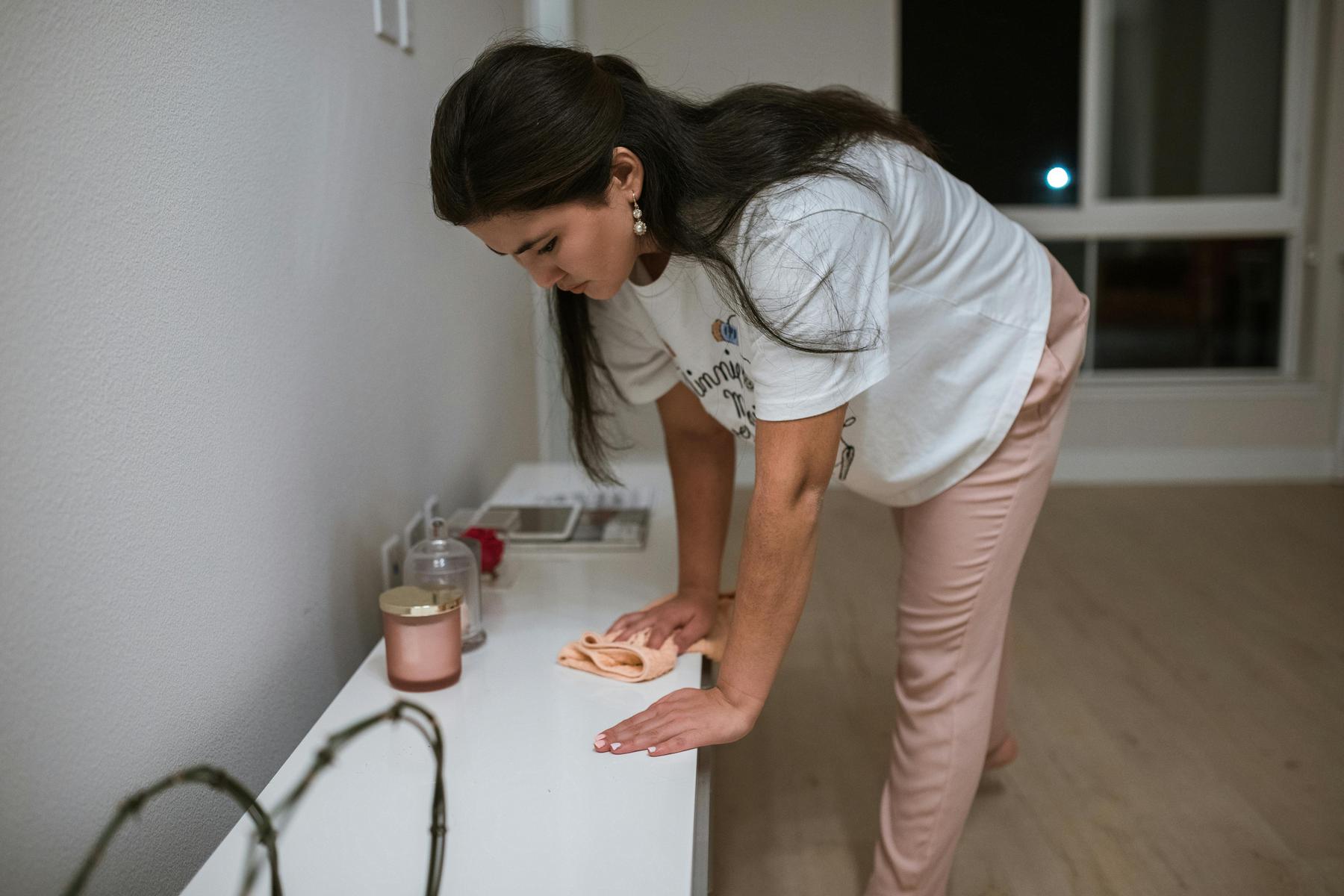Australia faces a critical health intersection where two seemingly separate conditions converge into a shared solution. With 67% of Australian adults managing overweight or obesity, and 23% of women over 50 living with osteoporosis, the traditional approach of addressing these conditions separately may be missing a powerful opportunity. The evidence increasingly points toward exercise as a singular intervention capable of simultaneously strengthening bones and managing weight—yet only 19% of Australians currently meet muscle-strengthening guidelines, leaving millions vulnerable to preventable health complications that cost our healthcare system billions annually.
Why Do Bone Health and Weight Management Share Common Exercise Solutions?
The relationship between bone health and weight management extends far beyond coincidental benefits—it’s rooted in fundamental physiological processes that respond to the same mechanical stimuli. Bone tissue operates as a dynamic system that continuously remodels itself based on the mechanical demands placed upon it, following what researchers call the mechanostat theory. This principle dictates that bones require loads exceeding 4.2 times body weight to maintain optimal density, a threshold readily achievable through targeted resistance exercises.
Simultaneously, exercise triggers complex metabolic cascades that directly influence weight regulation. Weight-bearing activities stimulate the release of myokines—specialised proteins secreted during muscle contraction—influencing both osteoblast activity and insulin sensitivity. This metabolic cross-talk creates what researchers describe as “energy partitioning effects,” where 30-50% of dietary energy becomes redirected toward muscle protein synthesis rather than fat storage.
The synergy becomes particularly evident when examining osteocalcin, a hormone released from bone tissue during mechanical loading. This compound enhances glucose uptake in muscle tissue, creating a favourable metabolic environment essential for sustainable weight management in individuals with metabolic syndrome. Understanding this interconnected system explains why combined exercise protocols consistently outperform isolated interventions targeting either condition alone.
What Types of Exercise Best Support Both Bone Density and Weight Loss?
Clinical evidence reveals specific exercise modalities that maximise benefits across both health domains. The most effective approaches combine osteogenic loading patterns with metabolically demanding activities, creating comprehensive protocols that address both conditions simultaneously.
Weight-Bearing Impact Activities
Vertical ground reaction forces generated during jumping exercises create loads of 2.5-5.6 times body weight, exceeding the mechanical thresholds required for bone formation. Research demonstrates that 50 daily jumps performed at 80-85% maximum effort increase hip bone mineral density by 1.8% over 12 months. For weight management, these high-intensity impacts trigger significant excess post-exercise oxygen consumption (EPOC), elevating metabolism for 14-48 hours post-workout and burning an additional 150-400 calories daily.
Progressive Resistance Training
Resistance exercises targeting paraspinal muscles and lower limbs increase lumbar spine bone density by 2.9% and femoral neck density by 1.8% annually when performed at 75-85% one-repetition maximum. From a weight management perspective, resistance training builds lean muscle mass, elevating basal metabolic rate by approximately 50 calories per day for each kilogram of muscle gained. This dual benefit creates sustainable metabolic advantages that persist beyond the exercise session.
High-Intensity Interval Training (HIIT)
Cycling-based HIIT protocols involving 30-second sprints reduce visceral fat by 17% more effectively than moderate continuous training while preserving lean muscle mass. The rapid loading and unloading patterns inherent in HIIT also provide beneficial mechanical stimuli for bone tissue, particularly when incorporating weight-bearing movements during active recovery phases.
| Exercise Type | Bone Density Benefits | Weight Management Benefits | Recommended Frequency |
|---|---|---|---|
| Impact Loading | 1.8% hip BMD increase | 150-400 kcal additional daily burn | 3-4 times/week |
| Resistance Training | 2.9% spine BMD increase | 50 kcal/day per kg muscle gained | 2-3 times/week |
| HIIT (Weight-bearing) | Mechanical bone stimulation | 17% greater visceral fat reduction | 2-3 times/week |
| Combined Protocol | Comprehensive bone support | 5.3 kg fat loss + 0.8 kg lean gain | 5-6 times/week |
How Can Australians Overcome Common Exercise Barriers for Dual Benefits?
The gap between exercise benefits and actual participation reflects systemic barriers that require targeted solutions. Australian surveys identify time constraints (43% of respondents) and lack of motivation (31%) as primary obstacles preventing engagement with muscle-strengthening activities. However, innovative approaches developed during recent healthcare challenges demonstrate practical pathways forward.
Telehealth-Delivered Exercise Programming
Telehealth-delivered exercise physiology services improved adherence by 22% during COVID-19 lockdowns through home-based programming adaptations. This model eliminates travel time while providing professional supervision essential for safe loading progression. Remote monitoring enables real-time form correction and load adjustment, particularly crucial for individuals with existing bone fragility or metabolic complications.
Time-Efficient Protocol Design
Combined aerobic-resistance protocols following Australian Physical Activity Guidelines (150-300 minutes moderate aerobic exercise plus two resistance sessions weekly) deliver superior outcomes compared to single-modality approaches. These integrated sessions reduce total time commitment while maximising physiological adaptations across both health domains.
Risk-Stratified Exercise Prescription
For individuals with osteoporosis, exercises involving spinal flexion increase vertebral compression fracture risk by 3.7-fold. Alternative movements like wall slides and bird-dog exercises maintain core stability without compromising spinal integrity. This risk-stratified approach ensures safe participation across diverse health presentations while maintaining therapeutic benefits.
Which Exercise Protocols Show the Strongest Clinical Evidence?
The most compelling research emerges from studies examining combined interventions that address both conditions simultaneously. These protocols demonstrate superior outcomes compared to isolated approaches, supporting integrated treatment strategies.
The Women’s Healthy Lifestyle Project
This landmark study demonstrated that resistance training performed three times weekly prevents the typical 1.5% annual spine bone mineral density loss observed in early postmenopause. Participants combining 2000mg daily calcium with impact exercise experienced a 45% reduction in vertebral fracture risk compared to calcium supplementation alone, while maintaining significant weight loss throughout the intervention period.
Combined Protocol Outcomes
Research comparing combined aerobic-resistance programs to calorie restriction alone reveals dramatic differences in body composition outcomes. The exercise group achieved 5.3 kg fat mass reduction paired with 0.8 kg lean mass gain over 12 weeks, contrasting sharply with calorie restriction participants who lost both fat and muscle mass. This preservation of lean tissue proves critical for maintaining metabolic rate during weight loss phases.
LIFT Trial Findings
The LIFT trial specifically examined exercise integration with medical weight management approaches. Participants receiving medical treatment plus resistance training preserved hip bone mineral density (experiencing only 0.8% loss versus 2.1% with medication alone) during 10% total weight loss. This evidence directly supports exercise as an essential component of comprehensive weight management strategies, particularly given that caloric restriction without exercise typically accelerates bone resorption and increases fracture risk by 33%.
How Do Different Age Groups Optimise Exercise for Bone and Weight Health?
Age-related physiological changes necessitate tailored exercise prescriptions that acknowledge varying capacities while maintaining therapeutic effectiveness across both health domains.
Premenopausal Women
Women in their reproductive years benefit from aggressive loading protocols that capitalise on peak osteogenic responsiveness. High-impact activities combined with progressive resistance training can increase bone density by 1-3% annually while establishing metabolic adaptations that protect against age-related weight gain. This population tolerates higher training volumes and recovers more rapidly from intensive sessions.
Postmenopausal Women
The hormonal changes accompanying menopause dramatically alter both bone metabolism and weight regulation. The Women’s Healthy Lifestyle Project specifically targeted this demographic, demonstrating that appropriately prescribed resistance training completely prevents the accelerated bone loss typically observed during early postmenopause. Combining this approach with moderate aerobic activity addresses the increased abdominal fat accumulation characteristic of this life stage.
Older Adults and Frail Populations
Tai Chi emerges as particularly valuable for older adults, improving balance sufficiently to reduce falls by 47% while maintaining trochanteric bone mineral density through controlled weight shifts. For those with existing vertebral fragility fractures, supervised machine-based resistance training enables safe loading progression without compromising spinal integrity. These modified approaches maintain therapeutic benefits while acknowledging age-related limitations in exercise tolerance.
Building Sustainable Exercise Habits for Long-Term Health Benefits
The transition from research evidence to practical implementation requires understanding sustainable behaviour change principles. Australian healthcare initiatives increasingly recognise exercise as medicine, with Medicare-subsidised access to exercise physiologists expanding for high-risk populations.
Community-based programs implementing park-based strength equipment and guided impact sessions in retirement villages demonstrate promising participation rates. These initiatives address both accessibility barriers and social isolation factors that frequently undermine individual exercise efforts.
The integration of app-based platforms for remote supervision of home exercise programs represents another frontier in improving adherence. These technologies enable professional guidance while accommodating individual schedules and preferences, potentially addressing the time constraints identified as primary barriers to participation.
Future research directions must clarify optimal exercise dosages across the lifespan and investigate pharmaco-exercise combinations that maximise therapeutic benefits while minimising adverse effects. The emerging evidence supporting medical weight management approaches combined with structured exercise protocols suggests synergistic effects that exceed individual treatment modalities.
By bridging the gap between bone biology and energy metabolism, exercise-focused interventions elevate population health outcomes while reducing healthcare expenditures. The dual epidemics of osteoporosis and obesity demand integrated solutions that acknowledge their shared physiological foundations and capitalise on exercise as a powerful therapeutic tool addressing both conditions simultaneously.
Can resistance training help with weight loss while building bone density?
Yes, resistance training provides dual benefits by increasing bone mineral density through mechanical loading while building lean muscle mass that elevates metabolic rate. Research shows resistance training can increase spine bone density by 2.9% annually while adding approximately 50 calories per day to metabolic rate for each kilogram of muscle gained.
How often should I exercise to see benefits for both bone health and weight management?
Australian Physical Activity Guidelines recommend 150-300 minutes of moderate aerobic exercise weekly plus two resistance training sessions. For optimal dual benefits, aim for 3-4 weight-bearing impact sessions and 2-3 resistance training sessions per week, which can be combined into integrated workouts to maximise time efficiency.
Is it safe to do high-impact exercise if I’m overweight and concerned about bone health?
High-impact exercise can be safely progressed with proper supervision, even for individuals carrying excess weight. It’s advisable to start with low-impact alternatives and gradually progress intensity as fitness improves. Supervised programs help reduce injury risk while ensuring proper load progression for both weight management and bone health.
What’s the difference between weight-bearing and resistance exercise for bone health?
Weight-bearing exercises involve supporting your body weight against gravity (e.g., walking, jumping, dancing), while resistance exercises use external loads like weights or bands. Both provide necessary mechanical stimuli for bone formation, but resistance training allows more targeted load control for specific skeletal areas.
Can I still benefit my bones while losing weight through diet and exercise?
Yes, exercise is essential for bone preservation during weight loss. Studies indicate that calorie restriction without exercise accelerates bone loss and increases fracture risk. Combining dietary modifications with resistance and impact training helps maintain bone density alongside achieving sustainable weight loss.



